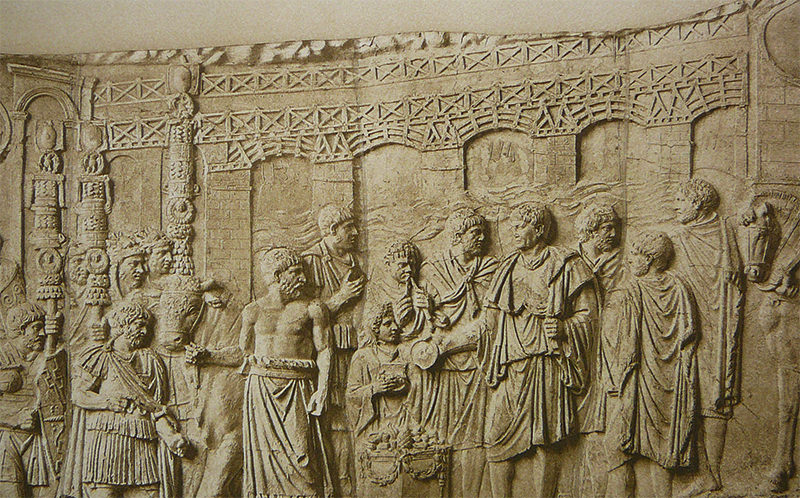While modern culture may have popularized the gesture of pouring out a drink through icons like Tupac and scenes from films, this act, known as "pouring one out," traces back much further than many realize. It is a practice steeped in antiquity, originating from ancient civilizations and sacred texts.
The Ancient Tradition Explained
Pouring One Out: Often misunderstood as a modern trend, pouring out a liquid—typically an alcoholic beverage—is an age-old act of homage for deceased loved ones. This tradition is deeply rooted in human history, paralleling ancient rituals where no alcohol was involved.
Earliest Records: The custom of making a libation, or pouring one out, has its earliest documented instances in Ancient Egypt. Here, water, a vital element of life and symbol of the Nile’s renewing flows, was offered to the dead. This practice is not only mentioned in historical records but also detailed in biblical scriptures. In Genesis 35:14, for example, Jacob anoints a stone pillar with drink and oil in a divine tribute, reflecting the broader practice of using liquid offerings to show reverence.
Rituals Across Civilizations
Ancient Greece: In the heart of antiquity, the Greeks practiced two distinct forms of libations—spondai and choai. Spondai involved a measured pour for the Olympian gods, typically wine, part of which was consumed, symbolizing both offering and participation. Choai, on the other hand, were complete pourings dedicated to underworld deities and the deceased, marking a total offering.
Ancient Rome: The Romans, heavily influenced by Greek traditions, embedded libations into their societal and religious fabric. They crafted tombs with integrated channels for pouring libations directly to the deceased, exemplifying their blend of architectural ingenuity with ritualistic practice.
Libation in Art and Culture
Depictions: Visual representations, such as the famous scene from Attica's red-figure cup around 480 BC, show that libations were a staple at symposiums and important gatherings, illustrating their significance across social contexts.
Literary References: The ritual surfaces repeatedly in epic narratives like Homer’s Iliad and Odyssey, where characters perform libations to honor gods and heroes, highlighting its cultural importance.
Modern Symbolism and Practice
While the form and substances have evolved—transitioning from water and wine to include spirits like malt liquor—the essence of libation as a symbolic gesture remains unchanged. It plays a significant role in modern ceremonies, including cultural festivals like Kwanzaa, where it is used to honor ancestors and connect with heritage.
Libations embody a timeless tradition that bridges the past with the present, illustrating a universal practice of honoring those who have passed. This ritual has woven its way through various cultures and epochs, maintaining its relevance and adapting to contemporary contexts.







